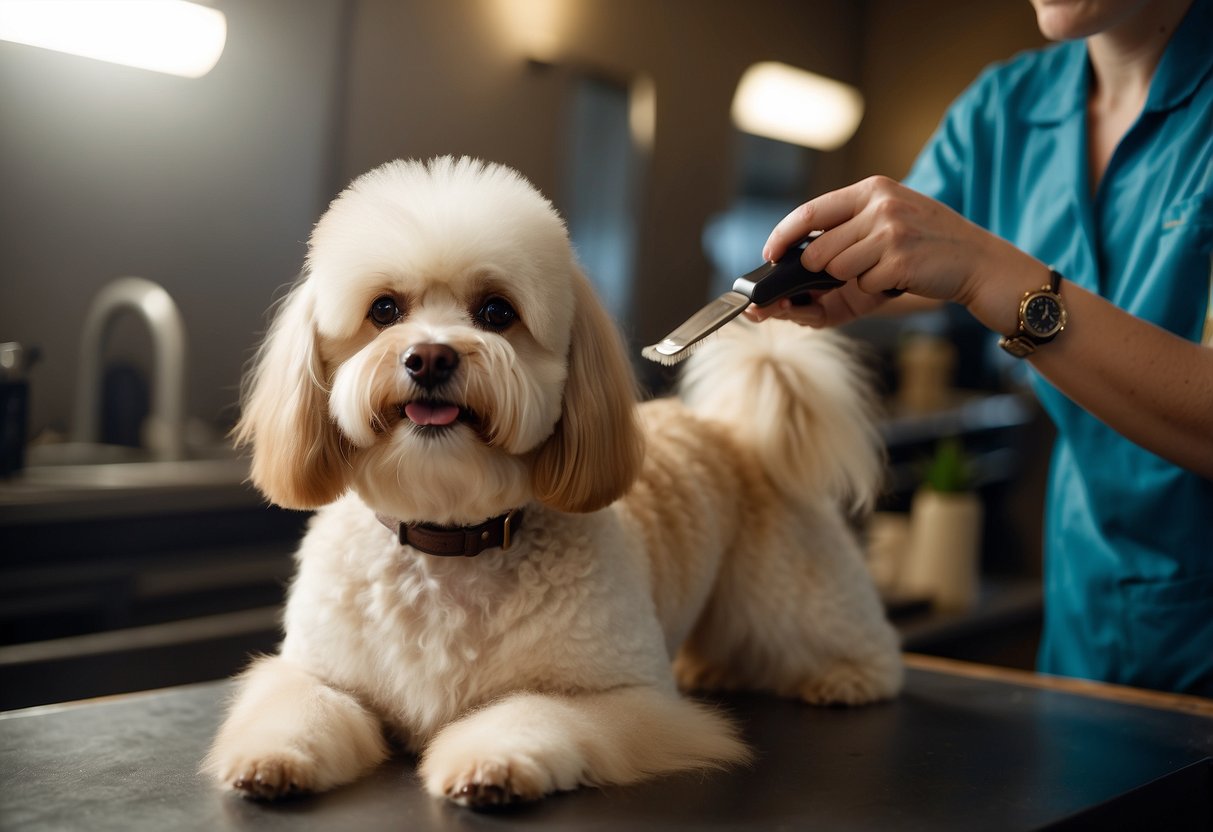
Shampoo and Conditioners
Using appropriate shampoo and conditioners is vital for maintaining a dog’s skin and coat health. Hypoallergenic shampoos are ideal for dogs with sensitive skin, preventing irritation and allergies. Medicated shampoos can address specific issues like dandruff or infections. Conditioners help in keeping the fur soft, smooth, and manageable. It’s important to choose products tailored to the dog’s skin type and any specific health concerns. Properly rinsing the dog after shampooing ensures no residue is left, avoiding skin irritations. Regular baths with suitable products keep the dog’s coat clean and vibrant.
Short-Haired Dogs
Short-haired dogs are generally low maintenance in terms of grooming, but they still require regular care to keep their coats healthy and shiny. Specific grooming needs depend on the breed.
Beagle
Beagles have short, smooth coats that shed moderately. It is essential to brush them weekly to remove loose fur and distribute skin oils. Use a bristle brush or a grooming mitt.
Bathing should be done every two to six months. Use a gentle dog shampoo to avoid irritating their skin. Regular ear cleaning is crucial due to their floppy ears, which can trap moisture and lead to infections.
Nail trimming should be part of the routine, typically once a month. They are active dogs, and keeping their nails short will prevent discomfort.
Boxer
Boxers possess a shiny, smooth coat that requires minimal grooming. Weekly brushing with a rubber curry brush or a bristle brush will help remove dead hair and maintain their coat’s luster.
Their fur doesn’t trap a lot of dirt, so bathing once every two to three months is usually sufficient. Pay attention to their facial folds and clean them regularly to prevent bacterial buildup.
Boxers have fast-growing nails, so regular trimming every three weeks is recommended. Dental hygiene should not be overlooked; brush their teeth several times a week to prevent tartar buildup.
Dachshund
Dachshunds, whether miniature or standard, have short, sleek coats. They require weekly brushing using a rubber brush to remove loose hair. This also helps in keeping the coat glossy and healthy.
Bathing should occur every three to four months. Avoid frequent bathing as it can dry out their skin. Ensure their eyes and ears are clean, as they are prone to infections.
Regular nail trimming, about once a month, is necessary. Pay attention to their dental care by brushing their teeth regularly to avoid dental issues.
Long-Haired Dogs
Long-haired dogs require frequent grooming to maintain their coat’s health and appearance. Each breed has its own specific needs that should be addressed to keep them looking their best.
Shih Tzu
Shih Tzus have long, flowing coats that need daily brushing to prevent tangles and matting. A pin brush works well to gently remove knots without damaging the hair. They also benefit from regular baths, approximately every three to four weeks, with a gentle dog shampoo.
The hair around their eyes should be trimmed regularly to prevent irritation. Keeping the ears clean and checking for infections is crucial, as long hair can trap moisture and dirt. Professional grooming every six to eight weeks is advisable to keep their coat trimmed and manageable.
Maltese
Maltese dogs have a fine, silky coat that also requires daily brushing to prevent mats and tangles. A stainless-steel comb is recommended to reach through their dense hair and keep it smooth. Regular baths are essential, about every two to three weeks, using a mild shampoo to maintain their coat’s brightness.
Eye stains are common in Maltese dogs, so it’s important to clean their eyes daily with a damp cloth. Their ears should be checked and cleaned regularly to avoid infections. Professional grooming every six to eight weeks helps in maintaining the coat length and overall appearance.



